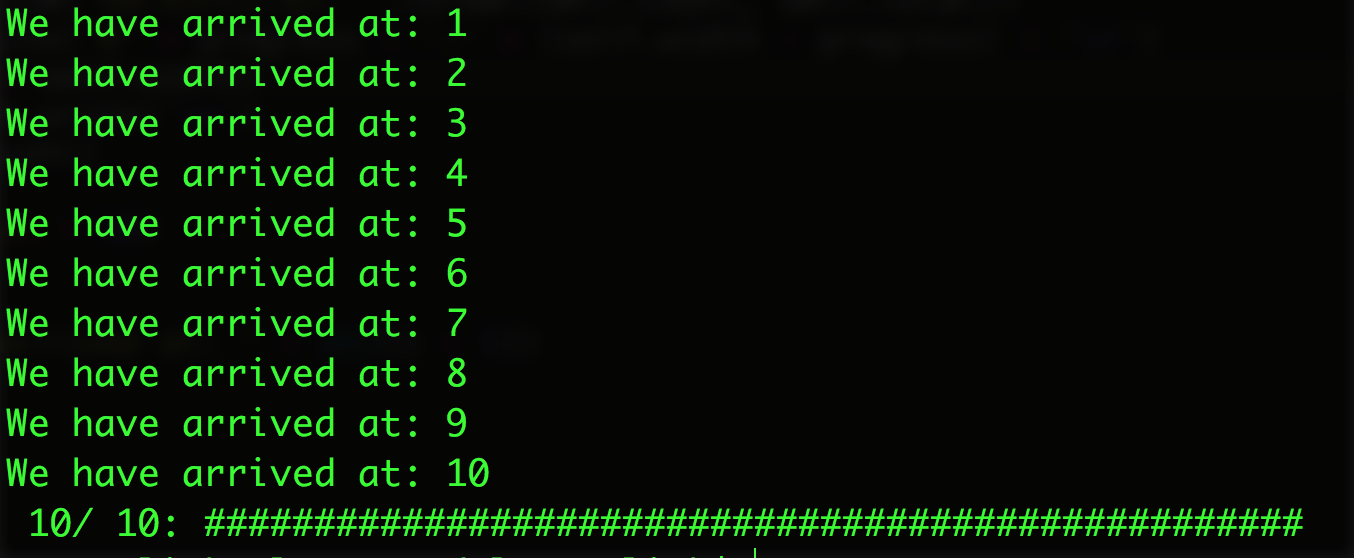Python操作配置文件ini的三种方法讲解
python 操作配置文件ini的三种方法
方法一:crudini 命令
说明
crudini命令是Linux下的一个操作配置文件的命令工具
用法
crudini --set [--existing] config_file section [param] [value] # 修改配置文件内容 crudini --get [--format=sh|ini] config_file [section] [param] # 获取配置文件内容 crudini --del [--existing] config_file section [param] # 删除配置文件内容 crudini --merge [--existing] config_file [section] # 合并
举例
添加
crudini --set test.ini test_section test_param test_value
更新
crudini --set [--existing] test.ini test_section test_param test_value
删除
删除param:
crudini --del test.ini test_section test_param
删除section:
crudini --del test.ini test_section
获取
crudini --del test.ini test_section test_param
如果该标量不在某一个section里面,则section用一个空字符表示:
crudini --del test.ini '' test_param
合并
将another.ini配置文件合并到test.ini中:
crudini --merge test.ini < another.ini
方法二 :ConfigParser模块
说明
ConfigParser 模块为常用的操作ini文件的模块,但是存在一些缺陷,无法识别section的大小写,无法读取文件注释,这样修带有注释的配置文件时就会存在问题。
用法示例
示例文件test.ini
[test_section] test_param = test_value
读取
import ConfigParser
config = ConfigParser.ConfigParser()
config.readfp(open('test.ini'))
test_value = config.get("test_section","test_param")
写入
添加section
import ConfigParser
config = ConfigParser.ConfigParser()
# set a value of parameters
config.add_section("test_section2")
config.set("test_section2", "test_param2", "test_value2")
config.set("test_section3", "test_param3", "test_value3")
# write to file
config.write(open('test.ini', "w"))
修改
import ConfigParser
config = ConfigParser.ConfigParser()
config.read('1.ini')
config.set("test_section", "test_param3", "test_value3")
config.write(open('test.ini', "r+"))
方法三:configobj模块
说明
正常的读配置文件的方法是给ConfigObj一个文件名,然后通过字典来访问成员,子段来获取value值,不会存在注释无法读取的缺陷
用法示例
示例文件test.ini
[test_section] test_param = test_value
读取
from configobj import ConfigObj
config = ConfigObj("test.ini",encoding='UTF8')
# 读配置文件
print config['test_section']
print config['test_section']['test_param ']
修改
from configobj import ConfigObj
config = ConfigObj("test.ini",encoding='UTF8')
config['test_section']['test_param '] = "test_value2"
# 写入
config.write()
添加section
from configobj import ConfigObj
config = ConfigObj("test.ini",encoding='UTF8')
config['test_section2'] = {}
config['test_section2']['test_param'] = "test_value"
# 写入
config.write()
删除
from configobj import ConfigObj
config = ConfigObj("test.ini",encoding='UTF8')
del config['test_section2']['test_param']
config.write()
总结
以上就是这篇文章的全部内容了,希望本文的内容对大家的学习或者工作具有一定的参考学习价值,谢谢大家对【听图阁-专注于Python设计】的支持。如果你想了解更多相关内容请查看下面相关链接
